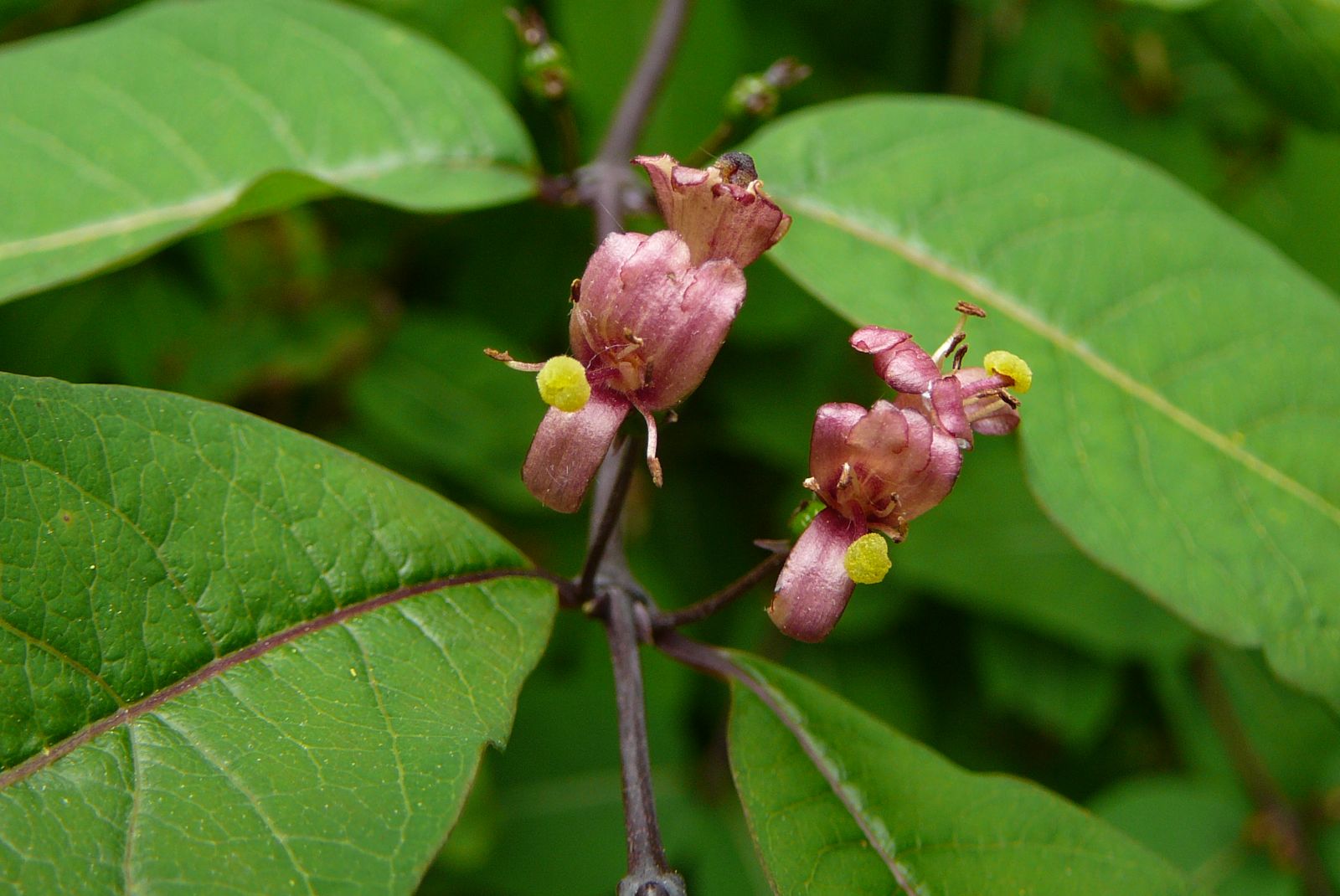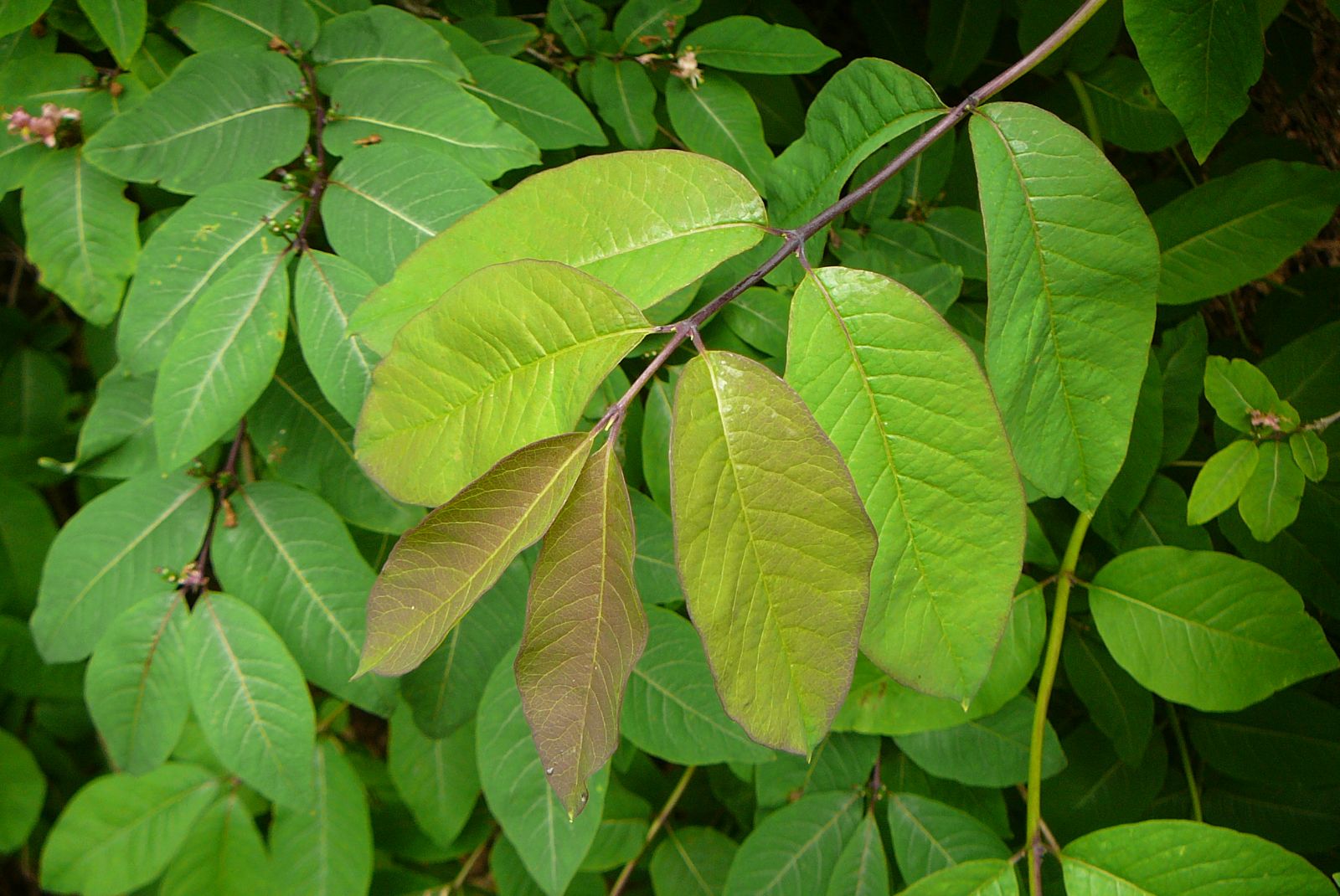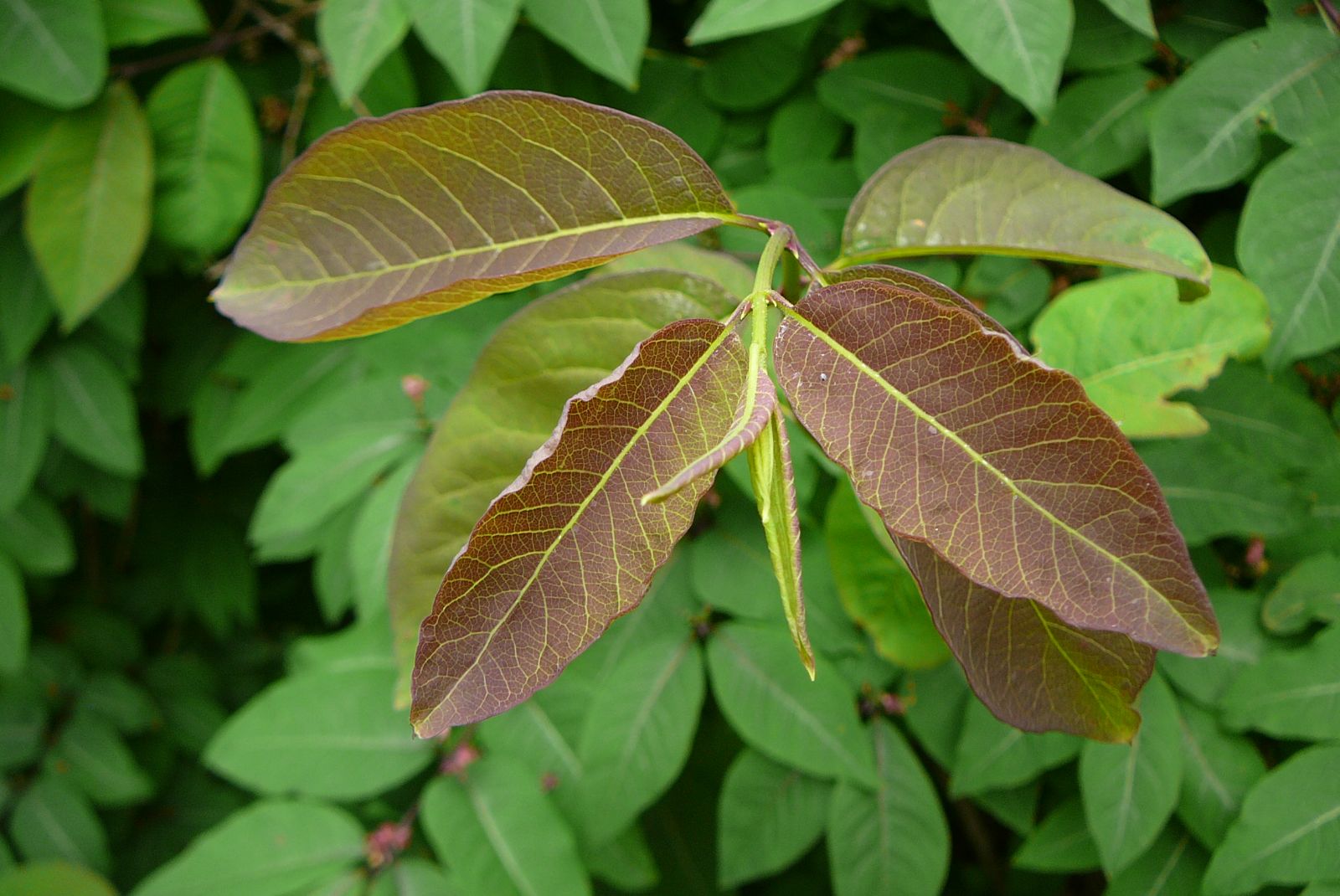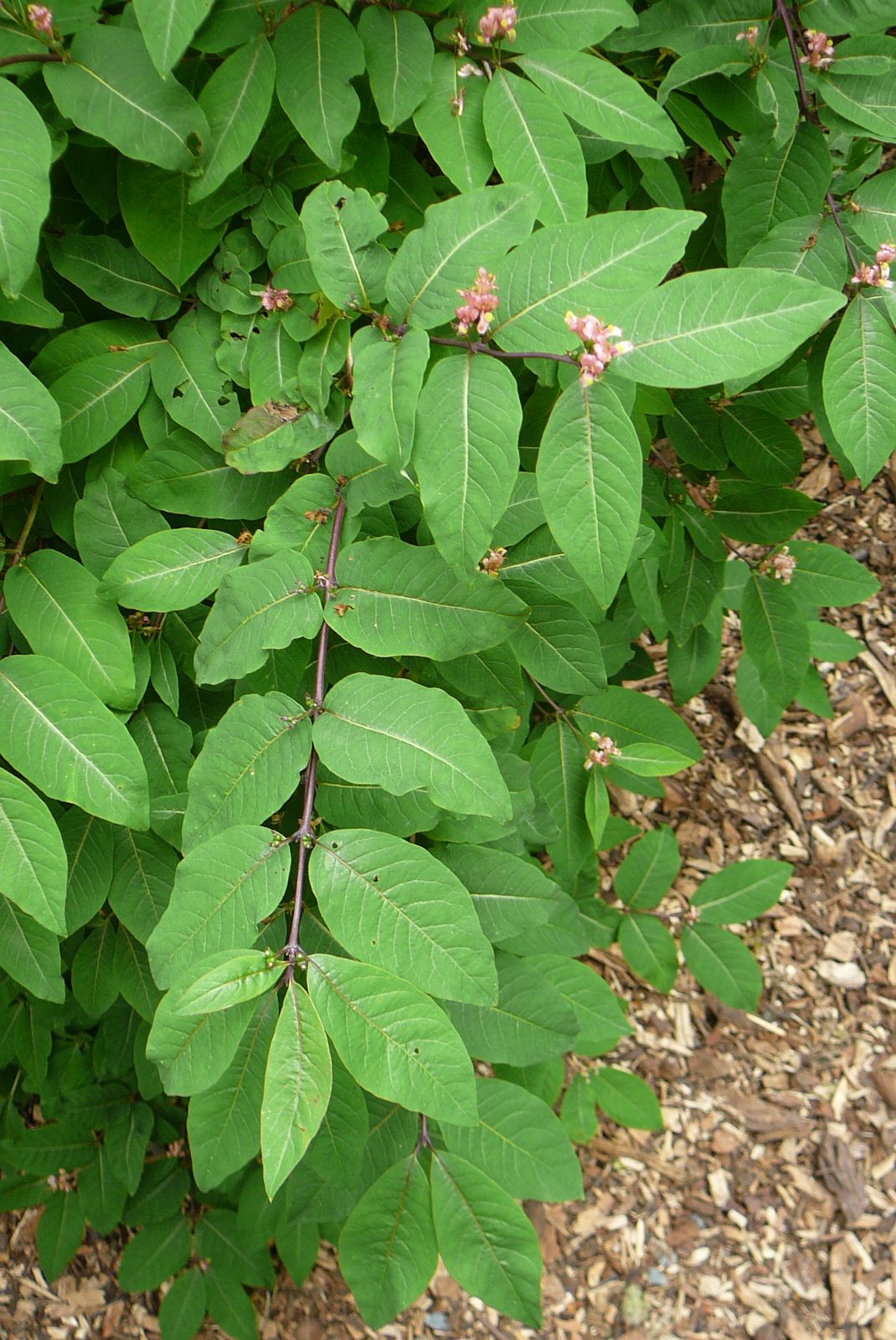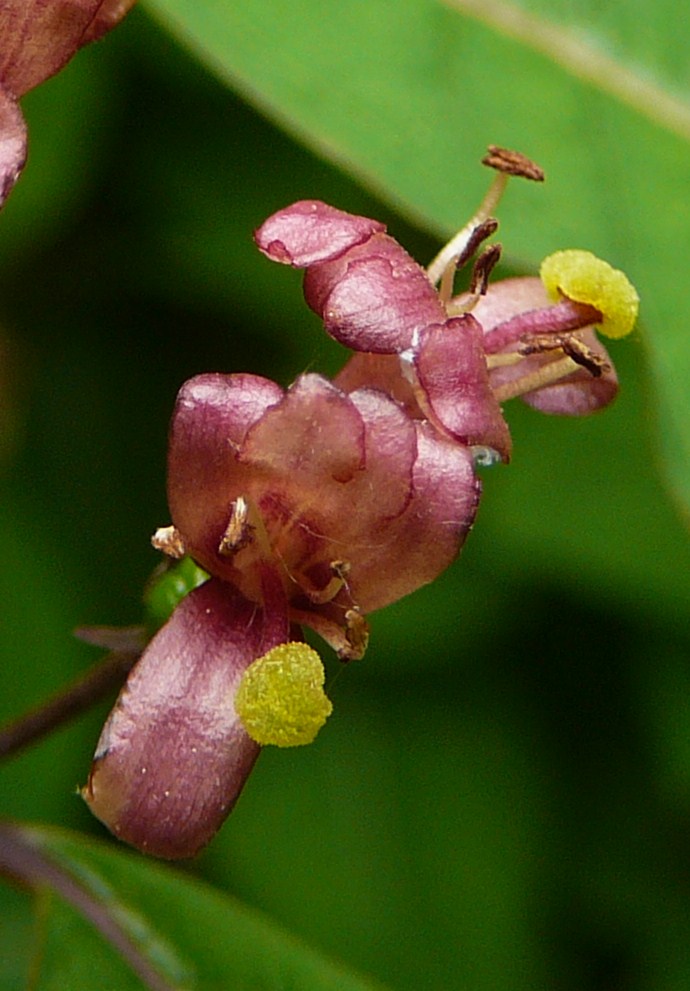Lonicera nervosa
Credits
Article from Bean's Trees and Shrubs Hardy in the British Isles
Recommended citation
'Lonicera nervosa' from the website Trees and Shrubs Online (treesandshrubsonline.
Genus
Other taxa in genus
- Lonicera albertii
- Lonicera alpigena
- Lonicera alseuosmoides
- Lonicera altmannii
- Lonicera × americana
- Lonicera angustifolia
- Lonicera × brownii
- Lonicera caerulea
- Lonicera caprifolium
- Lonicera caucasica
- Lonicera chaetocarpa
- Lonicera chrysantha
- Lonicera ciliosa
- Lonicera deflexicalyx
- Lonicera dioica
- Lonicera etrusca
- Lonicera ferdinandii
- Lonicera flava
- Lonicera fragrantissima
- Lonicera giraldii
- Lonicera griffithii
- Lonicera gynochlamydea
- Lonicera × heckrottii
- Lonicera henryi
- Lonicera hildebrandiana
- Lonicera hirsuta
- Lonicera hispida
- Lonicera iberica
- Lonicera implexa
- Lonicera japonica
- Lonicera korolkowii
- Lonicera ledebourii
- Lonicera maackii
- Lonicera maximowiczii
- Lonicera microphylla
- Lonicera morrowii
- Lonicera myrtillus
- Lonicera nigra
- Lonicera nitida
- Lonicera periclymenum
- Lonicera pileata
- Lonicera prolifera
- Lonicera prostrata
- Lonicera purpurascens
- Lonicera × purpusii
- Lonicera pyrenaica
- Lonicera quinquelocularis
- Lonicera rupicola
- Lonicera ruprechtiana
- Lonicera sempervirens
- Lonicera setifera
- Lonicera similis
- Lonicera splendida
- Lonicera standishii
- Lonicera syringantha
- Lonicera tangutica
- Lonicera tatarica
- Lonicera tatsienensis
- Lonicera × tellmanniana
- Lonicera thibetica
- Lonicera tomentella
- Lonicera tragophylla
- Lonicera trichosantha
- Lonicera xylosteum
- Lonicera yunnanensis
A deciduous shrub up to 8 ft high, with glabrous young shoots and leaves; winter-buds as in L. nigra. Leaves oval or inclined to oblong, abruptly pointed tapered to rounded at the base, 3⁄4 to 2 in. long, 1⁄2 to 1 in. wide, reddish at first, turning bright green above, the midrib and veins remaining reddish; stalk 1⁄8 to 1⁄6 in. long. Flowers pale pink, 2⁄5 in. long, produced in pairs on a slender stalk of the same length; the pairs are borne on short peduncles in the leaf-axils of very slender leafy shoots in May and June. Fruits black.
Native of China; discovered in Kansu by Przewalski in 1872; introduced from St Petersburg to Kew in 1892. It succeeds well in the Arnold Arboretum, Mass., where it is valued as a graceful bush honeysuckle with handsomely veined leaves and plentiful crops of black berries. The specific name refers to the reddish-veined leaves.

